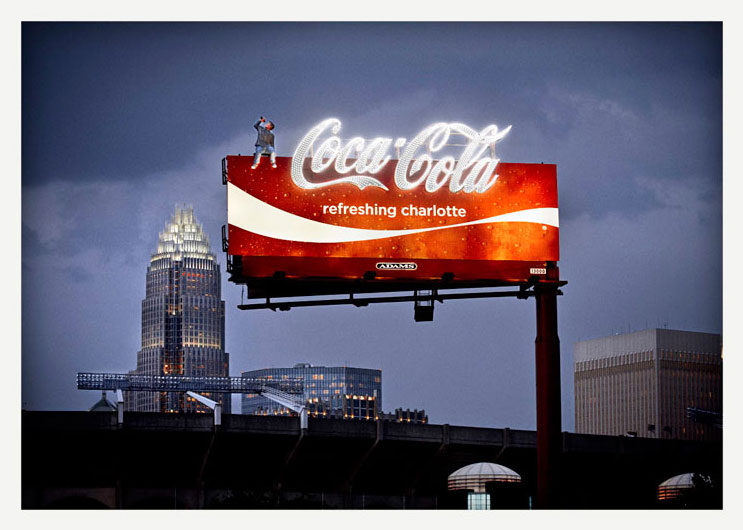Noticing Something That’s Not There.

The first thing that strikes me when I travel to the U.S. mainland? All the billboards. Some are huge . . . covering the sides of entire buildings.
It’s different here. A few miles from our house, in a pasture that overlooks the ocean, there’s a small, empty concrete building—just a shed, really. It has a blank wall facing the road, probably 10 feet square, that’s constantly being painted and re-painted with amateur artwork and messages of all kinds: from birthday greetings to someone’s friend, to “Save the Whales”.
That little building, with its constantly changing anonymous messages, is unique because, as far as I know, it’s the only outdoor sign in Hawaii. That’s because outdoor advertising of any kind is against the law here. In fact, Hawaii’s anti-billboard law, which has been extended to include nearly all outdoor signs, is more than 100 years old.
There are a very few exceptions to our law: traffic signs are legal, of course, and first floor signs on the building where you do business are permitted because customers have to find you. But the size of that sign has to be in a prescribed proportion to the size of the store front. The firm’s name may appear on company-owned vehicles, too. But no signs of any size are permitted above the second floor if they can be seen from the street.
When friends from the mainland come here and we drive them around the island, of course they remark on the natural beauty of the place. That’s when I tell them—a bit smugly, I’m afraid—one of the reasons this place is so beautiful is that outdoor advertising is illegal here.
The reaction is almost always the same: they wish there was a similar law back home. It would be a helluva battle, but it ought to be tried. Because any city or town looks better without billboards. And that’s reason enough.



